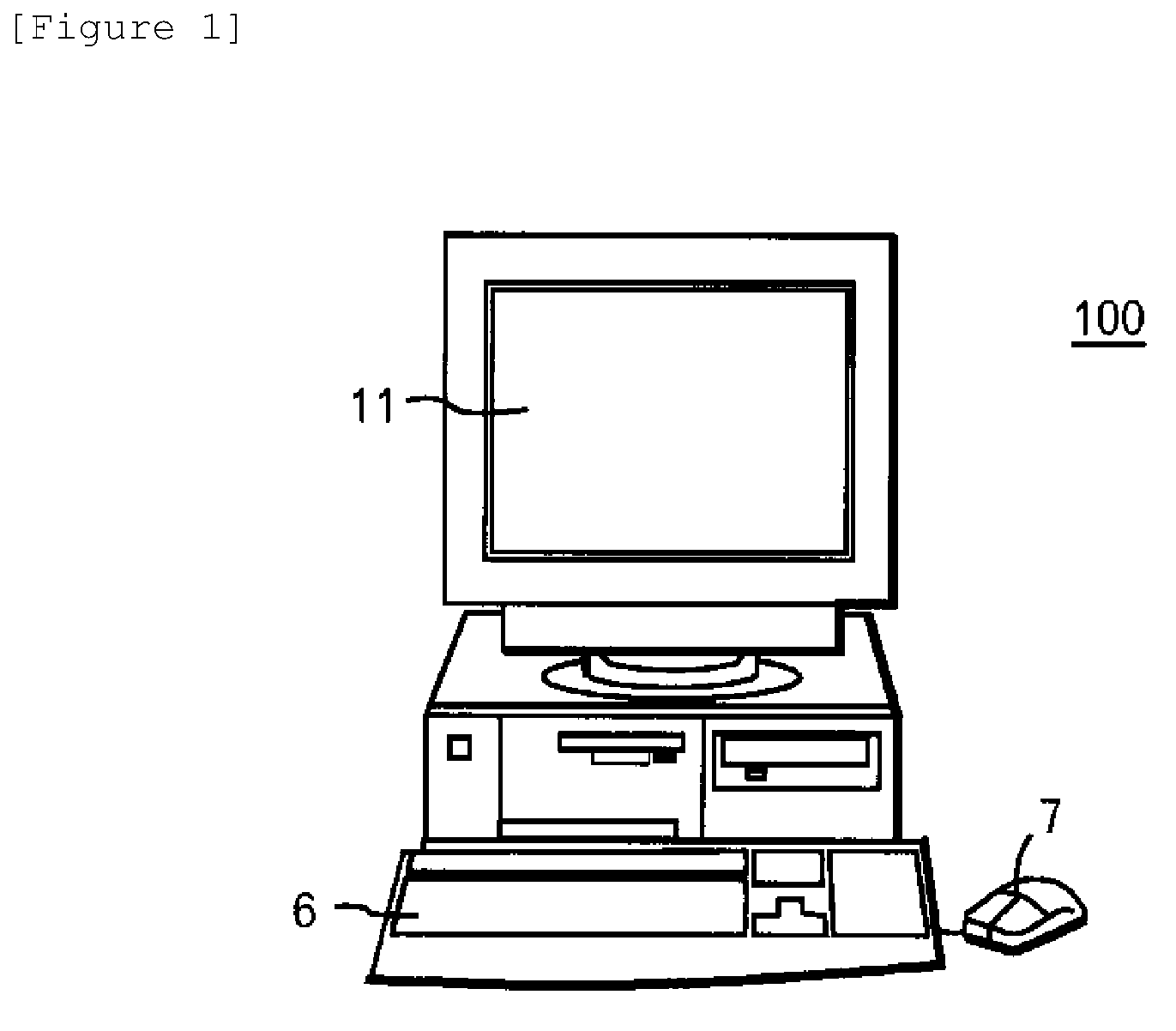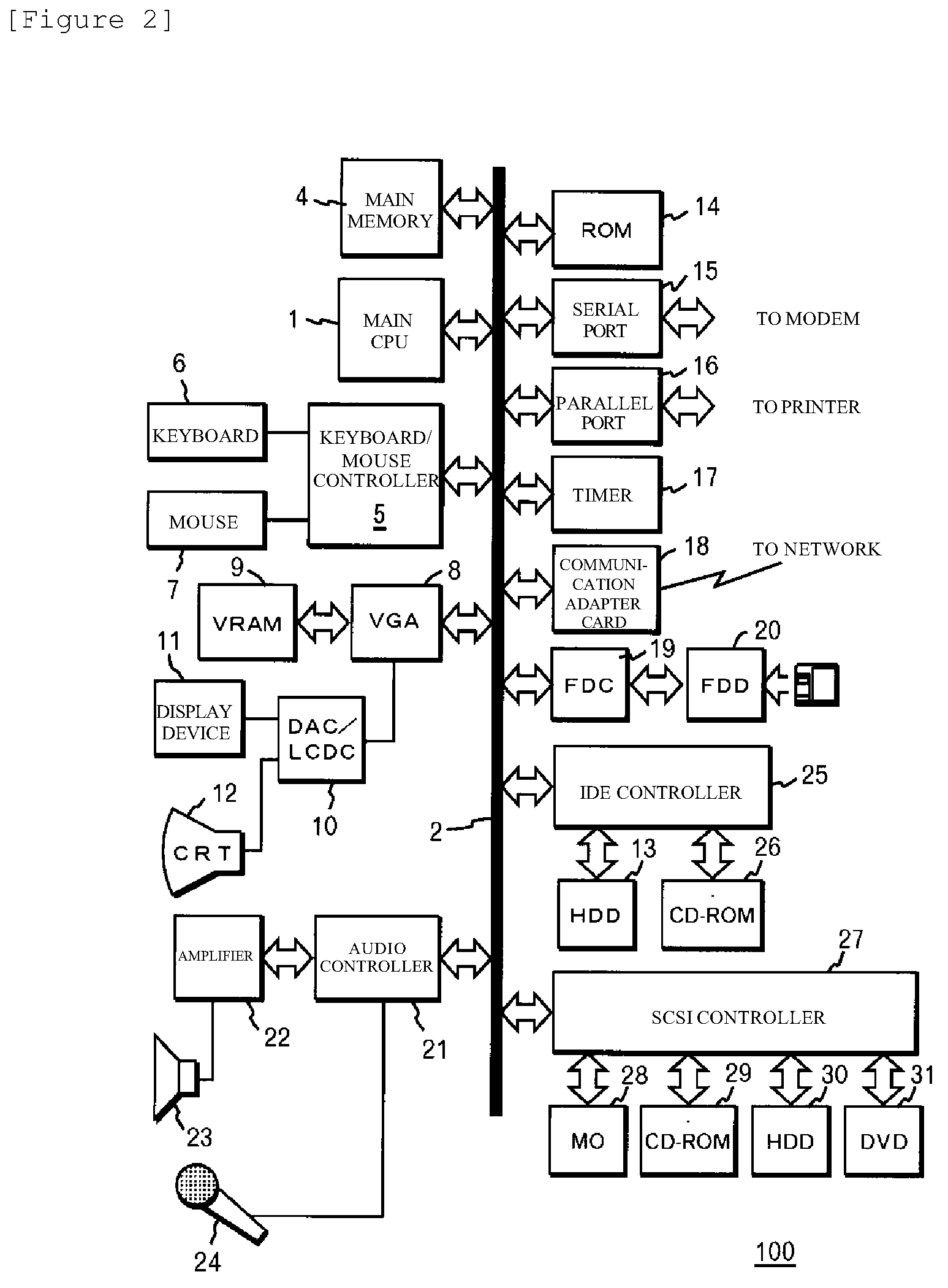Method, program, and data processing system for manipulating display of multiple display objects
a data processing system and display object technology, applied in the field of graphical user interfaces, can solve problems such as inability to solve the problem, adversely affecting the productivity of users, and the order immediately before clicking cannot be restored by a single action,
- Summary
- Abstract
- Description
- Claims
- Application Information
AI Technical Summary
Benefits of technology
Problems solved by technology
Method used
Image
Examples
Embodiment Construction
[0032]The best mode for carrying out the present invention will be described with reference to the accompanying drawings. However, the embodiments described below are not intended to limit the present invention according to the claims and not all combinations of the features described in the embodiments are essential to the inventive solution.
[0033]The present invention can be implemented in many different modes and should not be construed as being limited to the embodiments described. It should be noted that not all combinations of the features described in the description of the embodiments are essential to the inventive solution. Like elements are labeled with like reference numerals throughout the description of the embodiments.
[0034]FIG. 1 shows an exemplary external view of a data processing system 100 according to an embodiment of the present invention. The data processing system 100 according to the embodiment of the present invention includes a keyboard 6, a mouse 7, and a ...
PUM
 Login to View More
Login to View More Abstract
Description
Claims
Application Information
 Login to View More
Login to View More - R&D
- Intellectual Property
- Life Sciences
- Materials
- Tech Scout
- Unparalleled Data Quality
- Higher Quality Content
- 60% Fewer Hallucinations
Browse by: Latest US Patents, China's latest patents, Technical Efficacy Thesaurus, Application Domain, Technology Topic, Popular Technical Reports.
© 2025 PatSnap. All rights reserved.Legal|Privacy policy|Modern Slavery Act Transparency Statement|Sitemap|About US| Contact US: help@patsnap.com



